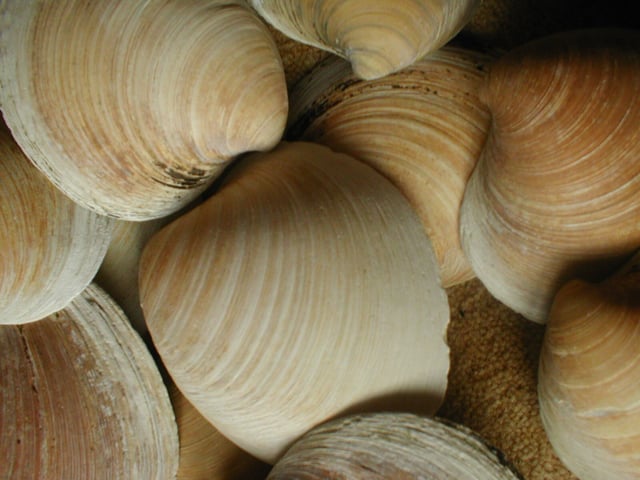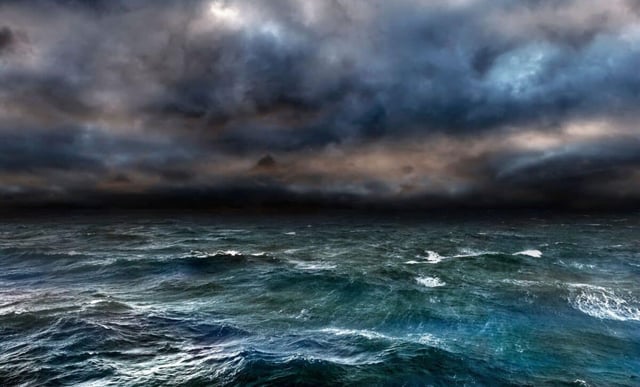Overview
- A Science Advances study identifies two destabilization episodes since 1800, with a stronger phase beginning around 1950 that continues today.
- Researchers analyzed 25 annual-resolution records from long-lived quahogs and dog cockles to assess how quickly the system recovered from disturbances.
- Findings point to the subpolar gyre as the primary source of the instability signal, though the authors note uncertainty over whether the SPG, the AMOC, or both are responsible.
- The observed "stability loss" suggests a potential approach to a tipping point with implications for colder northwest European winters, shifts in tropical rainfall, and regional sea-level changes.
- The team calls for rapid greenhouse-gas reductions and enhanced ocean monitoring; the University of Exeter–led paper was published October 3 in Science Advances.

